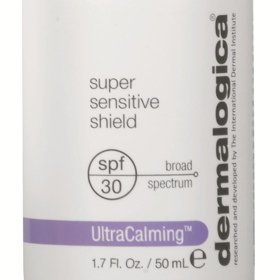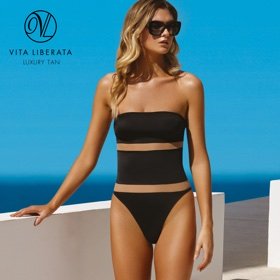
Britain is not known for it’s blistering hot summers. Alas, we often have short summers with more rain than sunshine.
Up to 40% of sun’s utraviolet (UV) radiation reaches the earth even on a cloudy day, leaving us exposed to the sun even when we don’t realise it. For this reason we should be protecting our skin on a daily basis, and even more so in summer.
Whether you are going away to a sunny Greek island, having a taste of a tropical Asian country, renting a cottage in picturesque Wales or simply having a work-day lunch break on a park bench under a cloudy sky, you are always exposed to the sun one way or the other.
So, to celebrate your summer and have fun under any circumstance with no negative aftermath, you must get into the habit of applying sun protection.
What impact does ultraviolet rays have on the skin?
While the sun is vital for Vitamin D production and responsible for healthy bones and teeth, it also emits negative and sometimes irreversible effects on the skin.
“Until recently the awareness has been around UVB (which can alter the DNA of skin cells and cause sun burn) and UVA (causes allergies, ageing, dark spots, wrinkles and skin cancer),”comments Carol Jones, Director of Totally UK.
However, research in the area has evolved and today we know there are other rays that can have a negative effect on our skin, accelerating ageing. These are IR-A(Infrared)- which generate free radicals, causing oxidative damage and therefore prematurely ageing skin. It is also known that the skin has a memory and the damage caused by these rays, accumulate in the skin over time.
Picking Protection
There are a few key things everyone should know about levels when making choices. Not all Sunscreens protect you from levels of radiation.
SPF is the level of protection given against UVB rays. In simple terms, if the skin takes around 20 minutes to redden when  unprotected, SPF15 lotion would extend this time by 15, providing coverage for up to five hours.
unprotected, SPF15 lotion would extend this time by 15, providing coverage for up to five hours.
Meanwhile, UVA protection can be recognised through star rating or a symbol on the bottle.
“There are several symbols to denote good UV protection; the European Union symbol of maximum UVA protection is seen as a UVA in a circle and is most often used by a medical or professional brand, while the star system is generally adopted by retailers (five stars being the level best selected)”, explains Sharon Cass, Brand and Education Manager at Skinbrands.
Products with both UVA and UVB coverage are referred to as Broad Spectrum protection.
Protection sunscreens or sun blocks are usually divided into two categories, Firstly there is either Chemical or Organic Filters- such as cinnamates. These work by absorbing rays and then breaking them down within the skin. This type of protection is most suitable for acne prone, and/or ageing skin.
Secondly, there are Physical or Mineral protections- such as Titanium Dioxide. These work by creating a “shield” on the skin that reflect UV rays away. This type of sun protection is best for sensitive or sensitised skin.
“As SPF30 gives over 96% protection, it is often asked whether for the sake of an additional couple of per cent, if it’s worth going for an SPF60. It is generally felt not necessary, unless you have a specific condition where SPF50 or 60 is recommended (e.g hyper-pigmentation),” explains Sharon Cass.
Other considerations:
Regardless of however long Sun protection products claims to last, no sunscreen should be expected to last longer than two hours without reapplication, due to activities that reduce its effectiveness such as sweating, swimming and towelling.
The NHS recommends applying six to eight teaspoons of lotion per adult per application to provide maximum coverage.
Sun Care Myths you need to know:
SPF + SPF = More Protection
Combining SPFs may seem like a great strategy, but it does not increase sun protection. For example, SPF8 + SPF30= SPF30, not SPF38.
All Sunscreens protect against UVA and UVB rays.
SPF indicates protection from UVB (burning) rays. To protect your skin from UVA (aging) rays too, use a product labelled “Broad Spectrum”.
You don’t need sunscreen on cloudy days.
UV rays can penetrate clouds year-round, which is why it’s imperative to protect your skin daily.
A base tan protects you from the sun.
There is no such thing as a safe tan. In fact, a suntan is your skin’s defense against being harmed by UV exposure, so slather up!



